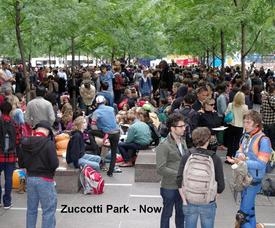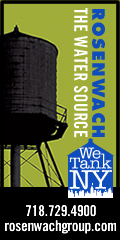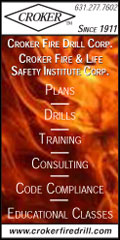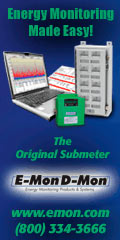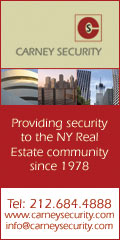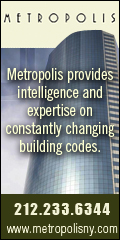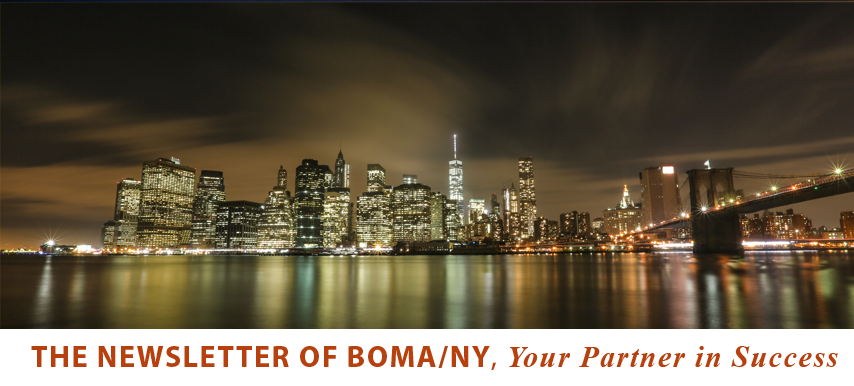 |
November 2011
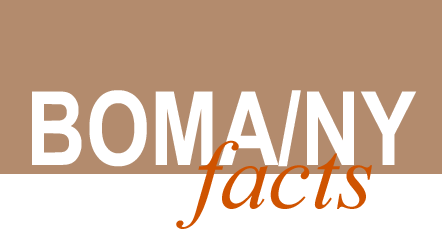 |
Occupy Wall Street: Dealing With The Private Side of a Public Protest
And while it is uncertain what effect the onset of cold weather will have on the "occupy" aspect of the grass-roots movement, protest marches have taken place recently at the headquarters of various leading banks throughout Manhattan, and may be planned for the future. BOMA/NY is monitoring the movement diligently and even though you may not feel your building is at risk, we advise that you take the time to understand both the property management aspects of POPS and the ramifications of protest movements with regard to property. You may not own or manage a POPS, but one might be near you--there are 51 in New York, including one in Greenwich Village, eight in Clinton/West Side; 35 in Midtown (East and West), six on the Upper East Side and one in Downtown Brooklyn. Preparing for Protests In a presentation to the BOMA/NY Preparedness Committee, member MSA Security recommends that owners and managers analyze the susceptibility of your property and surrounding area to such an event and consider the following: • Do you have POPS? (see details below) If you answered yes to any of the above, MSA advises that you may want to consider: • Contacting local law enforcement and discuss how to cooperate A Briefing on POPS We’ve summed up the following from the NYC Planning Department’s web site on obligations regarding POPS. Hours of access /nighttime closing By default, all privately owned public plazas are open to the public day and night, 24 hours a day. Nighttime closing of public plazas is permitted if you have received authorization from the City Planning Commission. If you obtain such authorization, the minimum hours of public access are generally: April 15 to October 31: 7:00 am – 10:00 pm, and November 1 to April 14: 7:00 am – 8:00 pm Barriers Barriers should not impede access when open to the public. When closed, such barriers are permitted to be up to 5-feet tall, provided that they are removed when the park is open. If the barrier is under 3’6" in height, posts or supports less than six inches wide can remain in the park when open. Stanchions or cabinets for barrier storage are not permitted. Informational plaque This signage, provided either separately or as part of an entry plaque, is critical and must communicate the required amenities provided, the name of the entity responsible for plaza maintenance, and information on how to ask a question or file a complaint. For more information, go to http://home2.nyc.gov/html/dcp/html/pops/plaza_standards.shtml#hours. Hours of access plaque In cases where limitations on the hours of access into the public plaza have been approved by the City Planning Commission and barriers have been placed in the public plaza area to limit access, small plaques are required to be affixed to the barrier. These plaques provide information to the public about when the plaza can be closed. For more information, go to http://home2.nyc.gov/html/dcp/html/pops/plaza_standards.shtml#hours.
|
| BOMA/NY Suite 2201 Eleven Penn Plaza, New York, NY 10001 Ph: 212-239-3662 Fax: 212-268-7441 www.bomany.org |
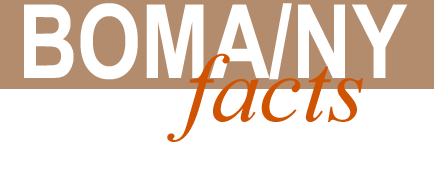 |
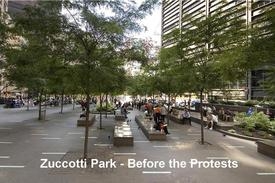 While many are familiar with the first amendment freedoms of speech and assembly that have been brought to light by Occupy Wall Street, few are aware of the regulations involved with such rights being exercised in a "Privately Owned Public Space", or POPS.
While many are familiar with the first amendment freedoms of speech and assembly that have been brought to light by Occupy Wall Street, few are aware of the regulations involved with such rights being exercised in a "Privately Owned Public Space", or POPS. 